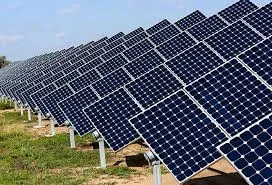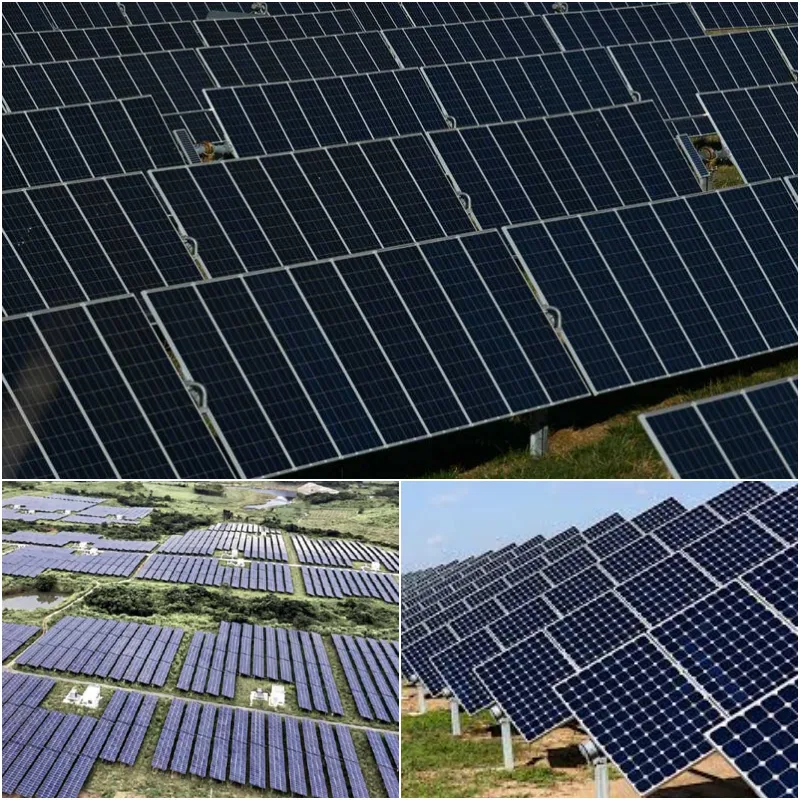
Australia’s ‘Largest Solar Precinct’ Project Receives Green Light

NEWCASTLE, Australia (AP) — The Australian government has given the green light to a groundbreaking solar energy initiative that could revolutionize the global energy landscape. The ambitious $19 billion (30 billion Australian dollars) project, known as the Australia-Asia PowerLink, has just received environmental approval, bringing it one step closer to reality.
What Is the Australia-Asia PowerLink?
The Australia-Asia PowerLink is set to become the world’s largest solar precinct. Spearheaded by Australian company Sun Cable, this colossal project will involve the creation of a 12,400-hectare solar farm in remote northern Australia. The solar energy generated will be transmitted to Darwin via an 800-kilometer (497-mile) overhead transmission line and then shipped to Singapore through a 4,300-kilometer (2,672-mile) submarine cable.
Project Goals and Environmental Impact
The initiative aims to deliver up to six gigawatts of green electricity annually. Australian Environment Minister Tanya Plibersek has praised the project, stating that it will help establish Australia as a leader in renewable energy. “This massive project is a generation-defining piece of infrastructure,” Plibersek noted. “It will be the largest solar precinct in the world – and heralds Australia as the world leader in green energy.”
Project Background and Development
Originally backed by Australian mining magnate Andrew Forrest and Atlassian co-founder Mike Cannon-Brookes, the project faced a setback in January 2023 when Sun Cable entered voluntary administration due to a funding dispute. However, by May 2023, Grok Ventures, led by Cannon-Brookes, acquired the company, with the takeover finalized in September.
SunCable Australia’s managing director, Cameron Garnsworthy, expressed enthusiasm for the project’s future. “Clearing this major regulatory hurdle is a significant milestone,” he said. The company is now focused on advancing to the next stage of planning, with a Final Investment Decision targeted for 2027. The goal is to start electricity supply in the early 2030s.
Political and Environmental Context
Energy policy has long been a contentious issue in Australia, a nation historically reliant on coal and gas. The transition to renewable energy has been a topic of debate, especially as Australia has been one of the highest per capita greenhouse gas emitters globally. The main opposition party has proposed nuclear power as an alternative, setting up a major debate on Australia’s future energy strategy.
“Australians have a choice between a renewable energy transition that’s already underway, creating jobs and driving down prices, or paying for an expensive nuclear fantasy that may never happen,” Plibersek commented.
Looking Ahead
With its groundbreaking scale and international implications, the Australia-Asia PowerLink project represents a significant step toward a sustainable future. As Sun Cable progresses with the development, all eyes will be on this transformative initiative that promises to reshape the global energy market.



